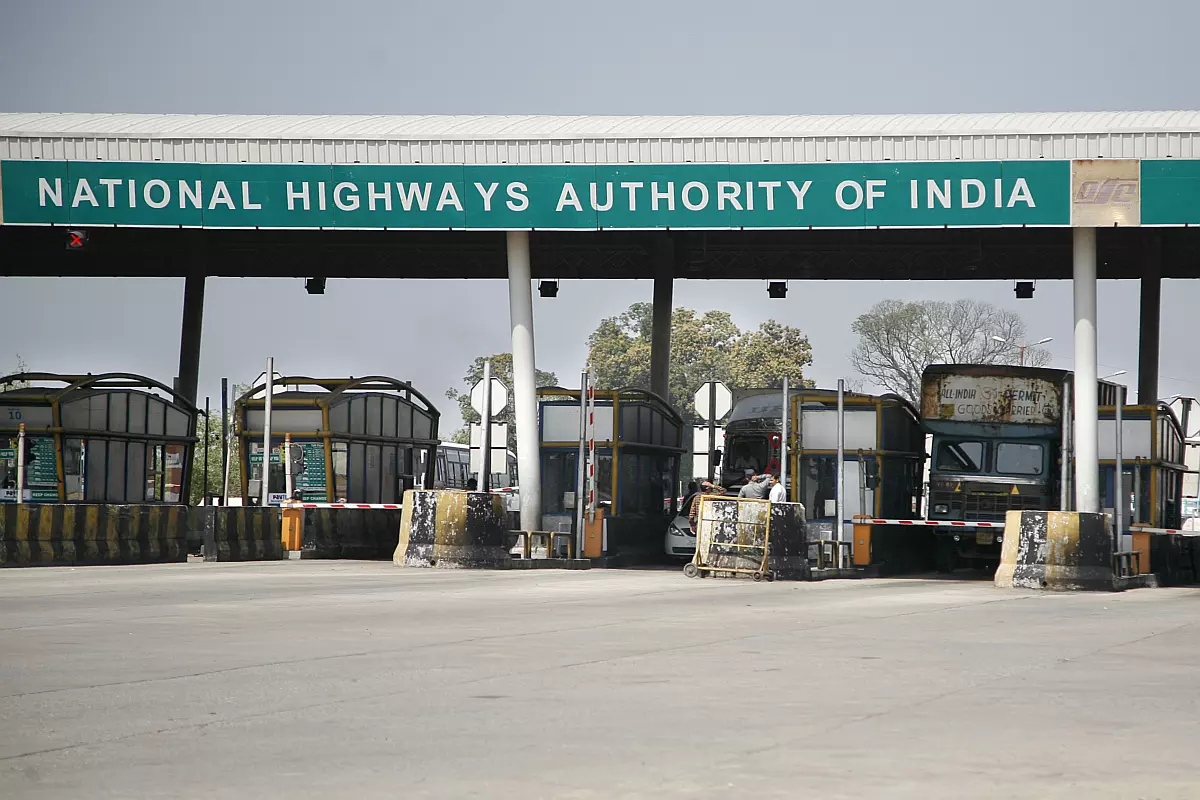
Explained: How will GPS-based toll collection improve on FASTag system?
Why did India need a new system within three years of the introduction of FASTags and how will it improve the highway toll-collection system?

After introducing FASTags in 2021 to speed up toll collection at highway toll plazas, the government will further expedite the process with the help of GPS or Global Positioning System, Union minister Nitin Gadkari has announced.
And the change is not far away. Come April and the new GPS-based toll collection system may be in place. The government has already appointed a consultant to implement the new system. Initially, the system will be introduced on a pilot basis and it will work in addition to FASTags, the Road Transport and Highways Minister has said.
So, why did India need a new system within three years of the introduction of FASTags and how will it improve the highway toll-collection system?
Need for speed
To put it very simply, even though FASTags accelerated the process of toll collection significantly, there is still some delay, especially while entering densely-populated areas like big cities during peak hours, which the government hopes to eliminate with the GPS-based technology.
FASTags cut the average waiting time for vehicles at toll plazas from 8 minutes in 2018-19 to 47 seconds during 2020-21 and 2021-22.
The problem with FASTags
The FASTag system uses Radio Frequency Identification (RFID) technology to deduct toll payments directly from the bank account linked to it.
Since 2021, FASTags have become mandatory for all vehicles to pay tolls on highways. Vehicles without FASTags have to cough up double the toll fee as a fine.
The FASTag IDs are pasted on vehicles and an RFID-enabled barrier at toll plazas reads those IDs and deducts fees based on the distance between two toll plazas. However, for that scanning, vehicles need to stop at toll plazas, which sometimes leads to long queues, defeating the very purpose of introducing FASTags.
Also, faulty scanners and vehicles without adequate FASTag balance also lead to queues.
How will GPS speed things up?
GPS-based scanning will not require the vehicle to stop at any point, which has led Gadkari to remark that toll plazas may soon become a thing of the past.
New vehicles already have built-in GPS devices, though older vehicles will need to get them installed. Cameras set up along the highways, using an automatic number plate recognition (ANPR) system, will scan the number plates as the vehicles zip past and deduct the toll amount from the linked account based on the distance covered.
Fair to drivers
The news system will identify the toll plazas you have crossed by analysing the distance you have travelled and compute the charges accordingly. Fixed toll booths are often unfair to those who are travelling shorter distances. This news system hopes to do away with that unfairness by basing the charges on the distance travelled instead of the number of fixed plazas crossed.
This process is also expected to eliminate human error and the possibility of toll evasion. Gadkari had earlier said the National Highway Authority of India’s current toll revenue of Rs 40,000 crore is expected to soar to Rs 1.40 lakh crore in two to three years.
Concerns
Since the GPS-based system will track the precise location of vehicles, privacy concerns have been raised from certain quarters. However, all such issues are expected to be ironed out during the pilot projects.

